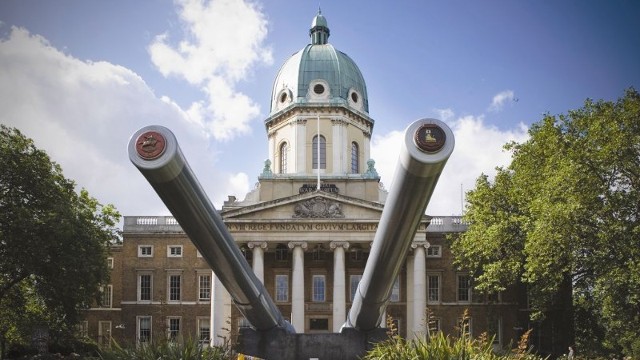The Imperial War Museum in London has updated one of its oldest features, a presentation on the WWI, and created a number of new presentations and exhibits to better educate their visitors on one of the most notorious wars in history. This reopening of a popular feature has been incorporated to the multimillion-dollar refurbishment of the entire Imperial War Museum, which was finished just in time to begin celebrating the WWI centenary.
One of the largest and most featured presentations is a gallery dedicated to the Battle of the Somme, a battle in which twenty thousand soldiers were confirmed dead on the first day. In the following five months, there would be over one million casualties. The presentation at the Imperial War Museum attempts to capture the legendary impact of this battle to the greatest extent possible, so that visitors might truly understand the effect that one simple battle had on Britain as a whole. This serves to underscore the much greater effects that WWI had on Britain and the world in general. Of course, this is only one presentation out of many.
There are over one thousand WWI relics presented in the new galleries. Some of these were meant for defensive purposes, for instance a helmet which was specially made to protect soldiers from gas. Other artifacts in the Imperial War Museum are known more for their offensive capabilities, such as clubs with nails embedded into their surface for use in brutal melee combat. Some items, however, are not meant for battle at all. These items include posters and other propaganda meant to convince civilians to help with the war effort in any way possible, The New York Times reports.
These presentations and WWI relics may have a lot of historical value, but also of value is the very facility in which they are housed. In the year of 1920, not long after a peace agreement had been reached, the Imperial War Museum opened its doors. Its conception began before then, while WWI was still ongoing. Britain new that the conflict would have some historical significance, at least to their own people. In similar fashion, their recent refurbishments are an attempt to ensure that today’s generation and those that come after will be able to study this conflict in an updated and improved setting.
The Imperial War Museum has put a lot of thought into their portrayal of WWI since before the conflict had even reached a formal end. Now, one hundred years after Britain entered the conflict, the Imperial War Museum has once again put a great deal of thought into the best manner in which to educate their visitors. These revamped galleries have been geared not only toward education, but toward impact as well.
